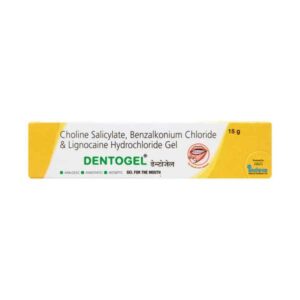ANALGESIC ANTISEPTIC
ANALGESIC ANTISEPTIC: I’m sorry, but “Analgesic Antiseptic” does not refer to a specific drug. “Analgesic” is a term used to describe drugs that relieve pain, while “antiseptic” refers to substances that prevent the growth of microorganisms. These terms are not typically used together to describe a single drug.
However, I can provide general information on analgesics and antiseptics separately:
Analgesics, also known as painkillers, are medications that relieve pain. They work by reducing the perception of pain signals in the brain or by reducing the inflammation causing the pain. There are various types of analgesics such as nonsteroidal anti-inflammatory drugs (NSAIDs) like ibuprofen, acetaminophen, opioids, and others. The specific mechanism of action and dosage can vary depending on the type of analgesic being used.
Antiseptics, on the other hand, are substances used to prevent the growth of microorganisms and reduce the risk of infection. They are commonly used on the skin prior to invasive procedures or to clean wounds. Common antiseptics include alcohol, hydrogen peroxide, povidone-iodine, and chlorhexidine. The application method and dosage will depend on the specific antiseptic being used.
It’s important to note that each analgesic and antiseptic has its own recommended dosage, mechanism of action, and potential side effects. It’s always best to consult a healthcare professional or refer to the package insert for specific information for a particular drug before using it.

